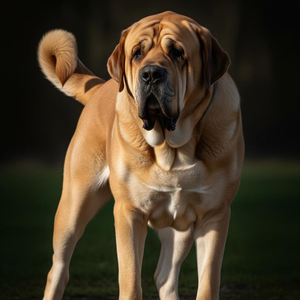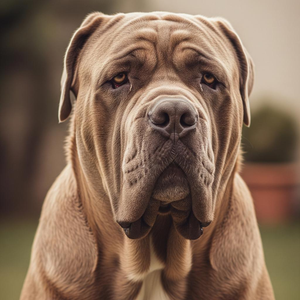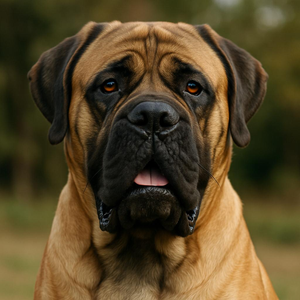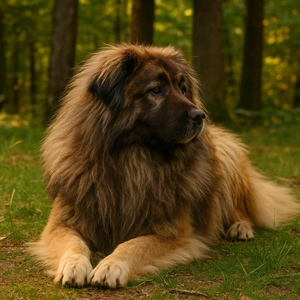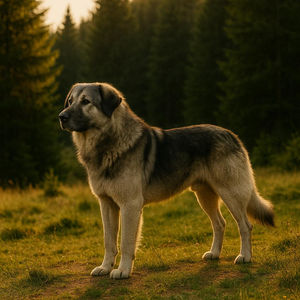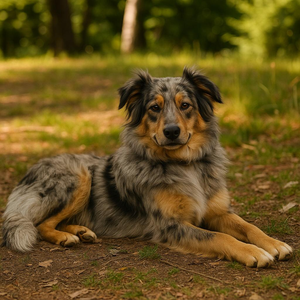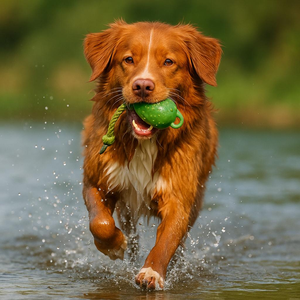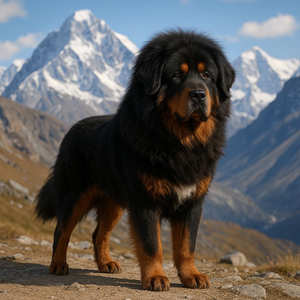
Characteristics of the Coton de Tuléar Breed
The coton de Tuléar dog breed is native to Madagascar; its name comes from the port city of Tuléar, located in southern Madagascar. The first part of the name, i.e. coton, indicates the texture of its coat, which is very reminiscent of cotton. Until 1970, this dog was only known in Madagascar, where it was the favourite lapdog of the island's lords. In 1971 it arrived in the United States, while in Europe it only appeared in 1977 in France.
Its ancestors are thought to be bichons, which had arrived on the island on traders' boats, on which they hunted mice, and dogs that were already on the island. Some experts also speculate that his ancestors include the bedlingtown terrier and the papillon, which is thought to be the cause of the spots on his usually snow-white coat. And again, because of his fondness for water, it is assumed that in his ancestors there is also the barbichon.
In any case, this small dog is enjoying a certain success in the United States and Europe, even though there are still very few specimens at the moment, which is a pity because it is a small, tender and beautiful companion dog.
Character of the Coton de Tuléar dog breed
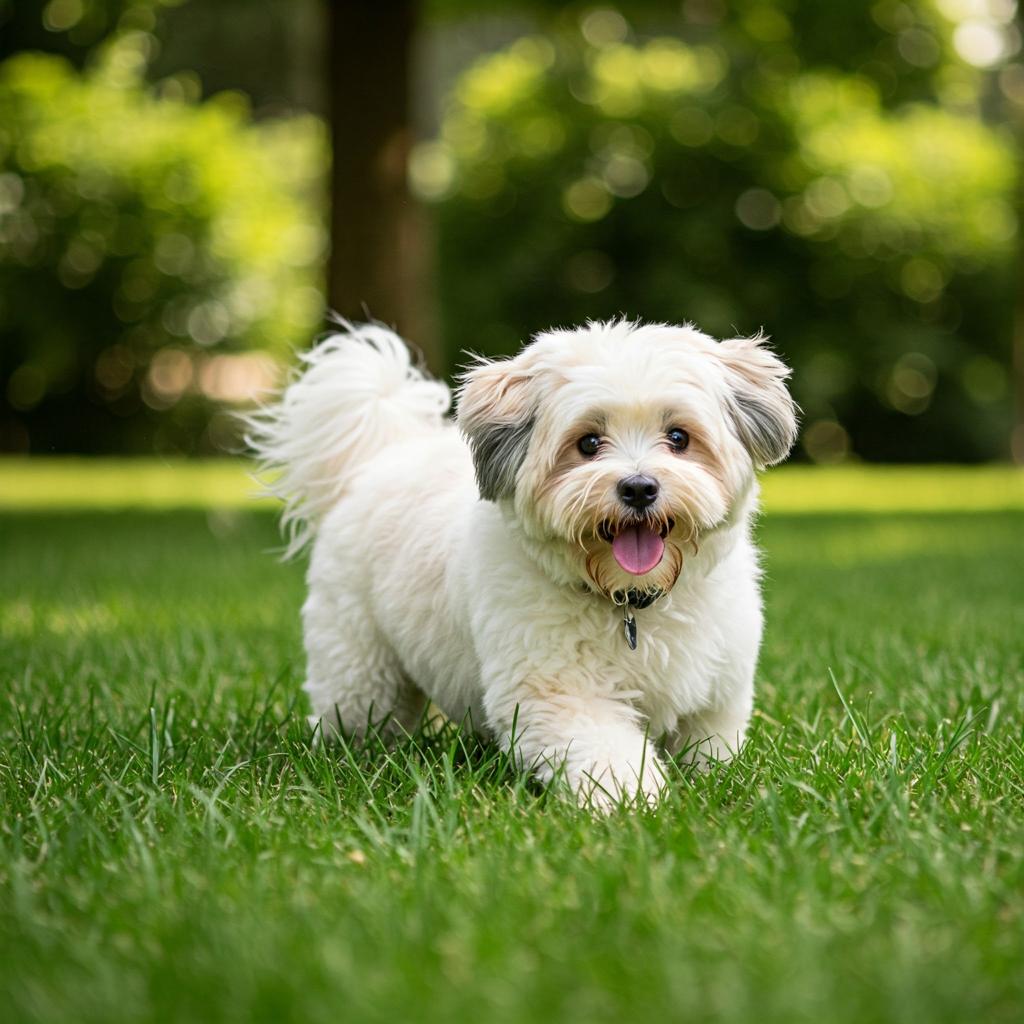
He is therefore a companion dog to all intents and purposes and also a flat dog, given his size and also because he barks very rarely and only when really needed. With strangers he initially keeps to himself, but almost immediately socialises.
Even with other dogs, cats and other animals that live at home with him, he is usually adorable. When outside, however, with unfamiliar and perhaps even older dogs, he tends to be overbearing and to want to prevail. For this reason, early socialisation is advisable.
It does not like to be alone, it always seeks the company of its family members, it is therefore not suitable for those who are out of the house for many hours a day, it would suffer greatly. It is, however, a well-balanced dog, does not bite and adapts quietly to any environment.
Appearance of the Coton de Tuléar dog breed
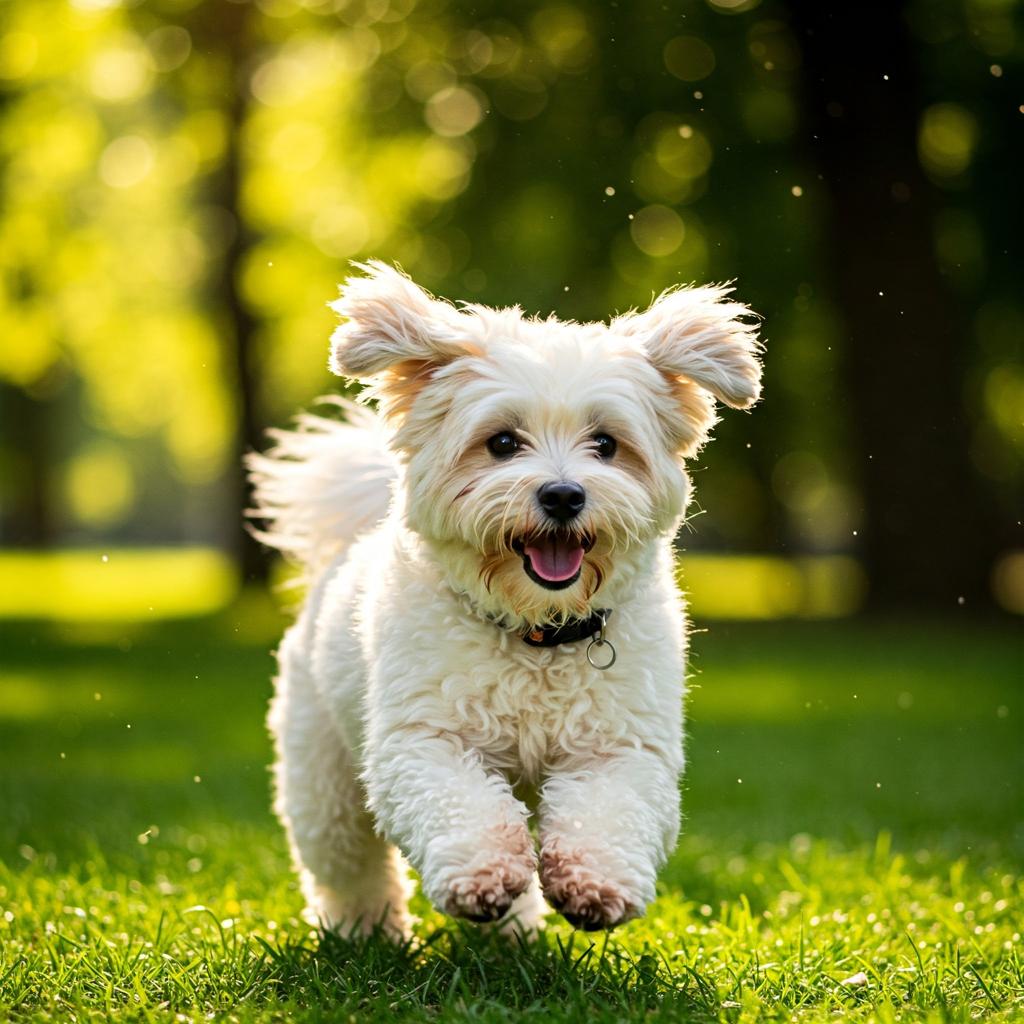
Due to its proportions, it appears to be a longer dog than a tall one. It has a tonic appearance and is well-proportioned, the limbs are muscular with a good bone structure, the feet are small and round. The tail is a little over 15 centimetres long, is attached low and is thick at the root. The preferred gait of this dog is the light trot.
Its head, when viewed from above, looks very much like a triangle. The truffle has wide nostrils, and is usually black, sometimes also brown. The ears are triangular in shape, set high in the skull, covered with thick hair, and tend to fall forward downwards. The eyes are well spaced, round in shape and black in colour, with a particularly lively and intelligent light.
The main characteristic of the Coton de Tuléar is its coat. The coat is long, thick and slightly wavy. As its name suggests, it feels like stroking a cotton ball. It does not shed and has no undercoat, which is why it is a breed considered hypoallergenic.
In most cases the basic colour is white; sometimes there are grey-yellow shades at the level of the ears. These shades on the body are almost absent and disappear with age. Black and white can also be found.
Care and health of the Coton de Tuléar dog breed
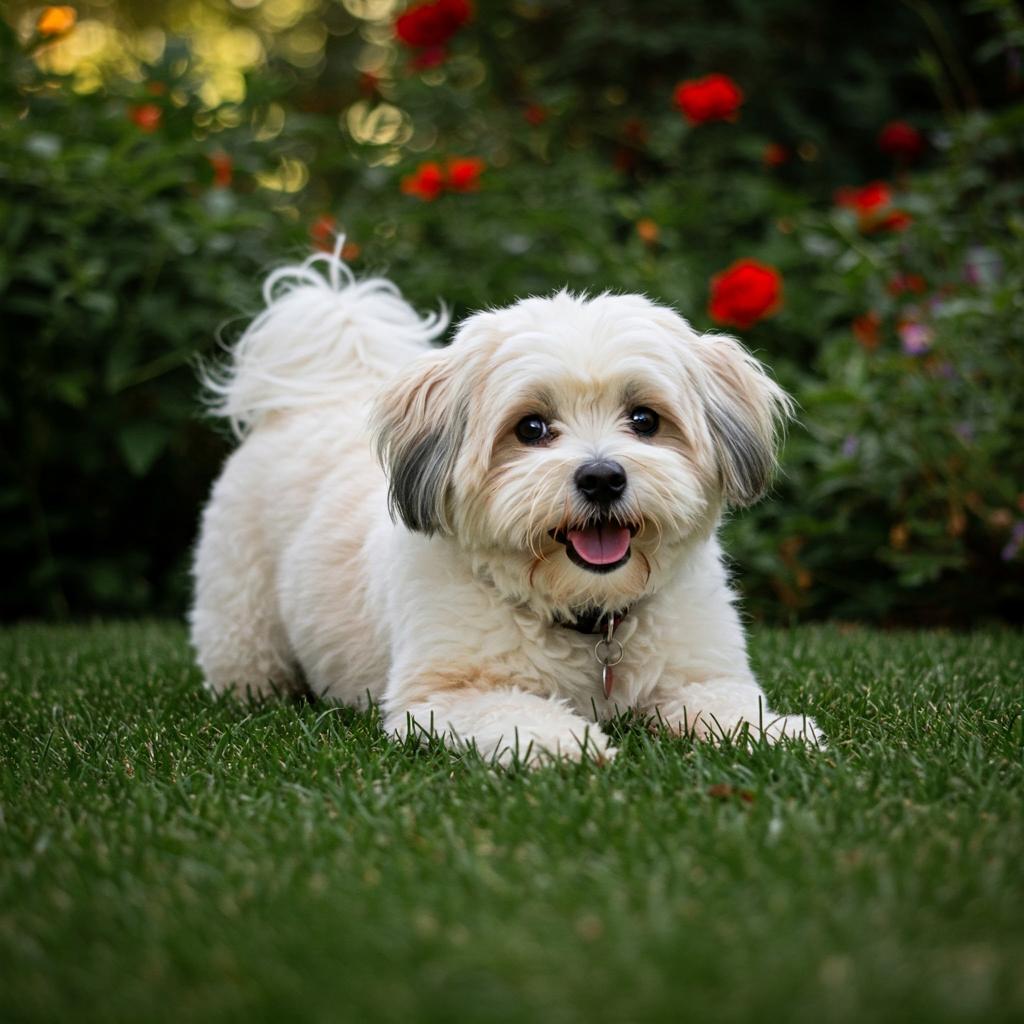
Its ears, which bend forward, and its eyes, which tend to water often, must be cleaned regularly to avoid infection. He does not suffer much from heat or cold, but it is good to let him sleep inside.
As far as the keeping of the coat is concerned, this must be brushed daily to avoid knots and felting. A bath when it is really needed and with a cleansing shampoo to keep the coat shiny and moisturised.
For feeding there are no particular problems, it is not a dog that tends to overeat, it does however need a little daily exercise.


